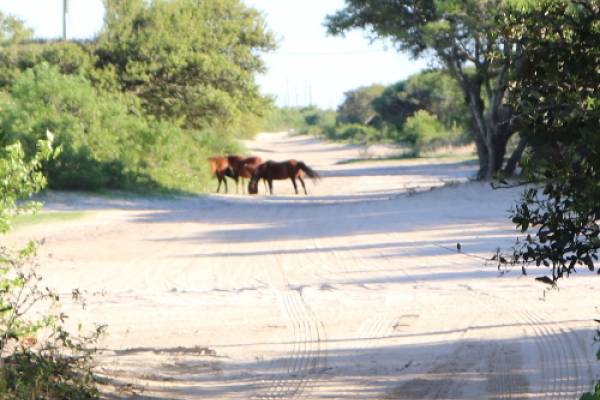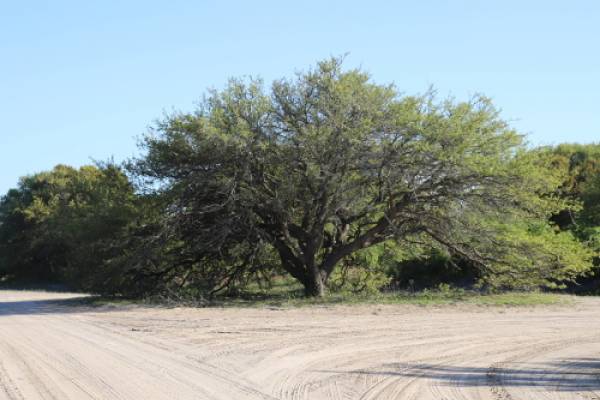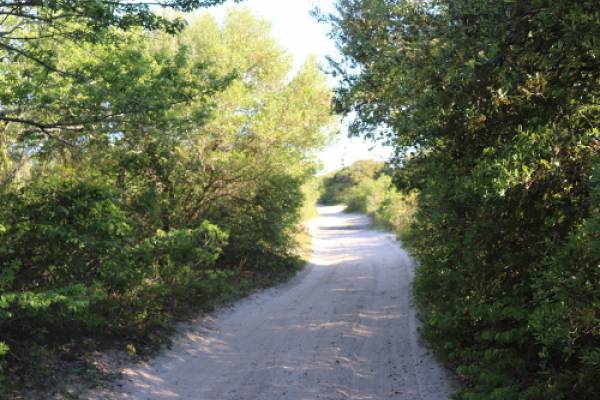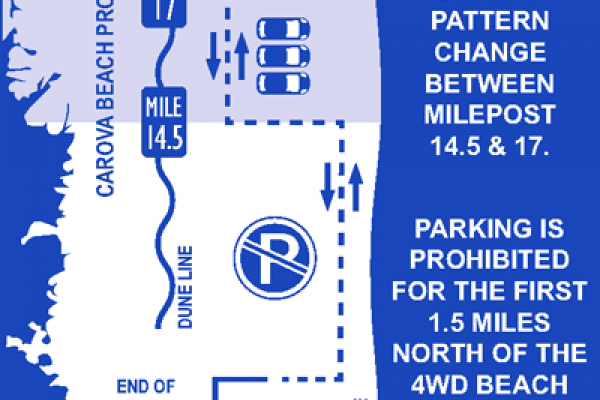Driving on the beach can be fun - but it requires a little know-how to avoid potentially frustrating or even dangerous situations. The resources and tips below should help you to understand the ins and outs of 4x4 driving BEFORE you arrive!
Driving on Sand
Our Guide to 4x4 Beach Driving
Where the hard road ends . . . and the adventure begins!
When you get into Corolla, find a safe place to let the air out of your tires. The county-recommended location to do this is at the Corolla Village Road public access facility, which is located on the east side of N.C. 12. Deflate to 18-20 psi for the easiest traveling. Use a pressure gauge (best) or count to 50 while deflating. Do not wait to do this until you are on the ramp or already on the sand. When you leave the 4x4 beach, you can re-inflate your tires at the county operated air-up stations. Follow the signs for airing up.
Stopping anywhere on the ramp or the first mile and a half of sand is strictly prohibited. When you get to the ramp, put your car in four wheel drive . . . don't forget!!!
Low tide driving
If you have arrived at low tide, make your way to the hard packed sand right next to the ocean. Be sure to lower your speed to 15 mph within 300 feet of horses and pedestrians. There is one section of the beach where you should leave the low-tide zone: from milepost 14.5 to milepost 17, where the beach is narrow, the driving lane moves up to the dune line.
High tide driving
If you have arrived at high tide, choose a path of ruts and try to maintain your speed. If a car approaches in the same set of ruts you are in, move over to another set of ruts signaling your intention with your blinker. Keep your speed up while moving across the ruts and do not cross the ruts at a perpendicular angle. Moving across the ruts on a mostly parallel path is the easiest way to move up or down the beach.
If you begin to bog down
Try not to stop completely. Give your car some gas (step on it) and see if it responds. If you are going nowhere, stop, put it in reverse and try to back out. If you are still digging in, stop!!! Do not continue spinning your tires in the hopes that you will get out. The chassis of your car will slowly land on a hard pack of sand, while your tires spin freely. Then it will take a lot of digging under the chassis to bring your tires back into contact with something to grip!
If you get stuck
First, make sure you are in 4 wheel drive. Next try to back up. If neither work, get out your shovel that you brought from home ;-? and dig out any sand that is holding your car up in the air. Clearance under the chassis is what you are looking for. Making a path for all four tires to travel up out of the deep sand will help you. Putting it in 4 low to get out of the hole will help, but make sure to get it out of 4 low as soon as you are no longer stuck.
Traffic laws and other rules
Maintain your speed at 15 mph whenever traveling within 300 feet of pedestrians and animals. Remember that they have the right of way. If you are alone on the beach, the speed limit is 35 mph. You may cross the dune line only on designated access roads. These are typically marked with a small green mile marker sign.
The entire beach becomes a driving lane after dark - please remove all belongings and vehicles from the beach at sunset.
Water in roads
If you are here during the late summer or early fall, you may notice standing water on the back roads behind the dunes. It is difficult to know how deep the water is even if you are familiar with the area. We do not advise traveling through standing water. You should find an alternate route. Often you can drive around the edge of a puddle if you see that it is not deep but it is a risk you take. "Turn around, don't drown!" In this case, that old saying is referring to your car!
4x4 Vehicle Rental
If you need information about RENTING a 4X4 vehicle, please see our Rental Shops page, where you will find more info about the local Enterprise and the local Jeep dealer. Both are familiar with the Carova area.
Parking
Your cottage rental comes with two week-long beach-parking permits, which must be displayed on your vehicle when parking on the beach. (PLEASE DO NOT TAKE THESE PARKING PASSES HOME. We need them for the next guest.) Park mid-way between the dune and ocean, so that cars can drive around you on both sides if the tide permits.Learn more about parking rules or apply for additional permits at https://co.currituck.nc.us/beach-parking/
Click the image below to see more specifically where you should park at different mileposts of the 4x4 area.





